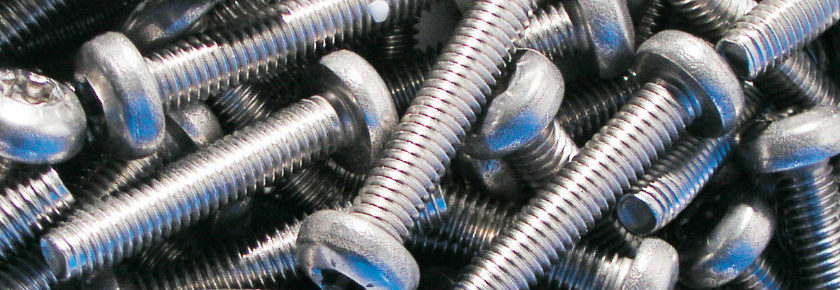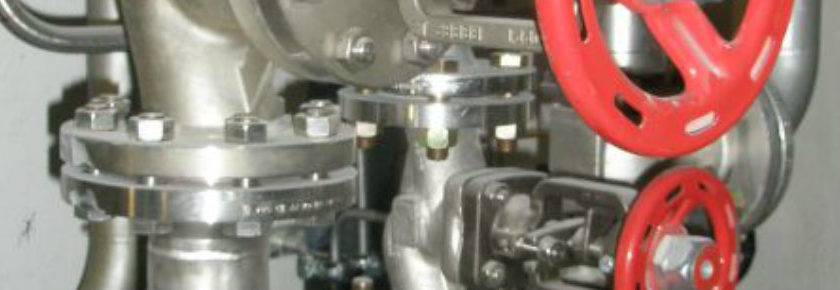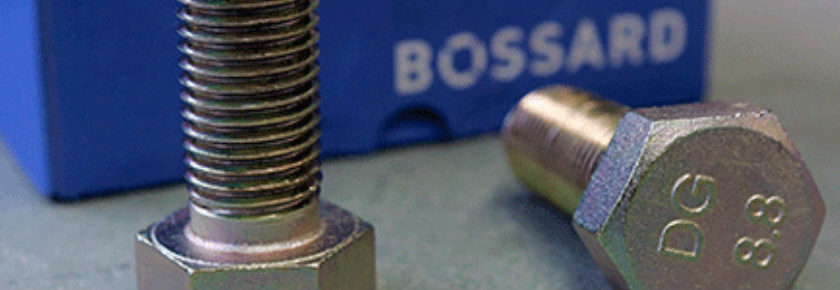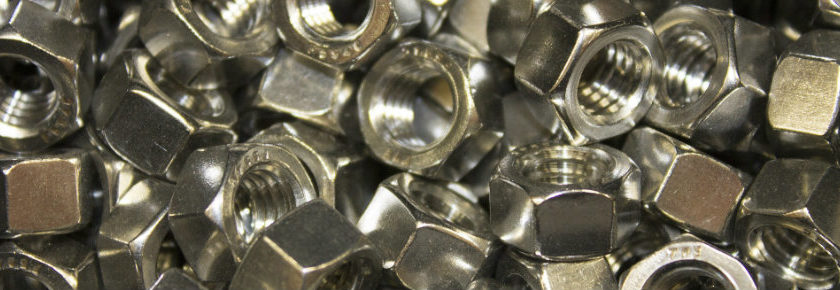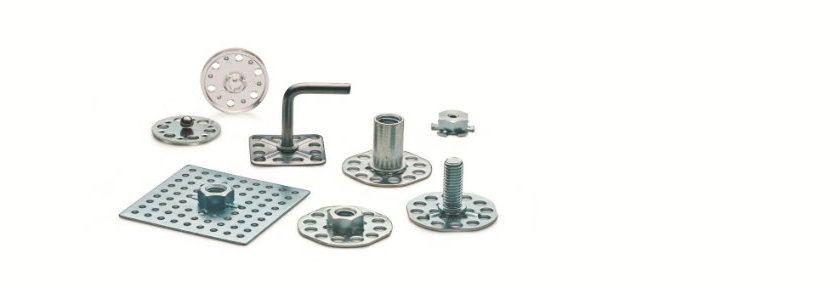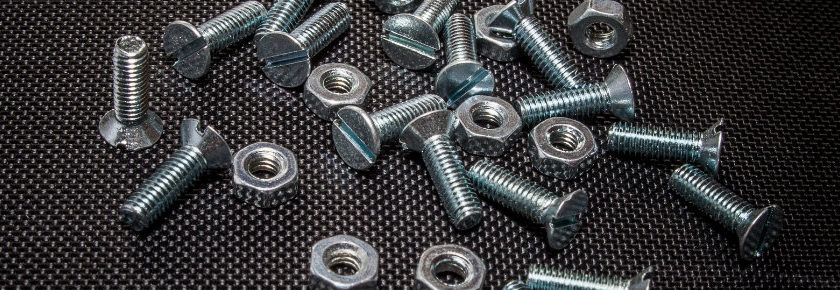Many companies that have been designing with inch (imperial) fasteners for years are very hesitant to switch over to metric. Why would anyone ever use metric hardware? Where we have seen the most interest is from companies who are expanding into global markets. Most countries other than the US are using metric fasteners and for them, imperial fasteners are a mystery.
Metric is simple once you get the hang of it, and some things even make more sense, such as the marking of property classes (grades) on nuts and bolts. The metric system uses numbers stamped into the head or face of the nut rather than symbols that we use for inch hardware. For bolts, the first number indicates the strength in MPa while the second number tells us the percentage of yield strength.
For example:
Property class 10.9 – 10 indicates a tensile strength of 1000MPa, 9 indicates that the yield strength is 90% of tensile.
Property class 8.8 – 8 indicates a tensile strength of 800MPa, 8 indicates that the yield strength is 80% of tensile.
Metric Fasteners Chart
A quick comparison of grades and property classes is shown below:
| Grade (inch) | Property Class (metric) |
| 5 | 8.8 |
| 8 | 10.9 |
| Alloy Steel | 12.9 |
If you are considering a conversion to metric hardware, contact Bossard at ProvenProductivity@Bossard.com, or check our technical resources at www.bossard.com including an inch to metric calculator that is also available as an iPhone app.
For more shopping options click here.
Doug Jones
Applications Engineer
Email: djones@bossard.com

